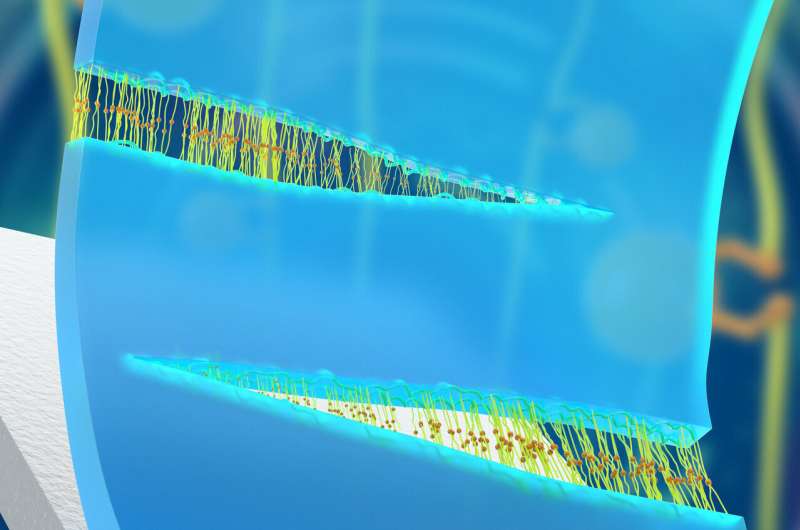Buildings: The unbreakable bond

Researchers at Oak Ridge National Laboratory developed self-healing elastomers that demonstrated unprecedented adhesion strength and the ability to adhere to many surfaces, which could broaden their potential use in industrial applications.
Elastomers, commonly used in the construction industry as sealants, are known for their durability. However, they can develop cracks when exposed to certain environments, leading to air and water leaks.
In a study, ORNL researchers used a blend of a self-healing polymer with curable elastomers to produce a series of self-healable and highly adhesive materials. The team proved that these elastomers can self-repair in ambient temperatures and conditions, as well as underwater, with their adhesive force only minimally impacted by surface dust.
"These tough elastomers can be made simply and efficiently through a scalable process, enabling a wider range of uses for the building, automotive and electronics industries," ORNL's Diana Hun said.
More information: Zhen Zhang et al. Autonomous Self‐Healing Elastomers with Unprecedented Adhesion Force, Advanced Functional Materials (2020). DOI: 10.1002/adfm.202006298
Journal information: Advanced Functional Materials
Provided by Oak Ridge National Laboratory





















